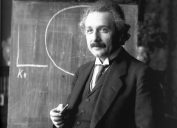21 Weirdest Habits of History’s Most Successful People
From Ben Franklin to Steve Jobs, here's what the winners did.

When it comes to achieving success, history has shown us that the path to greatness often involves unconventional habits and practices. From renowned scientists and artists to groundbreaking entrepreneurs and leaders, the world’s most successful individuals have demonstrated a willingness to march to the beat of their own drum. In this article, we delve into the peculiar habits of 21 historically significant figures, revealing the unexpected rituals that helped shape their extraordinary accomplishments.
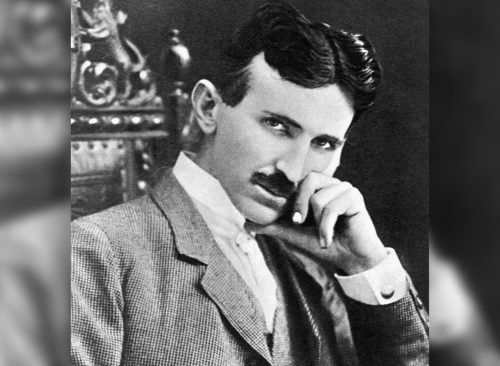
Renowned inventor Nikola Tesla had an unusual affection for pigeons. He would feed and care for them, even claiming to be in love with a particular white pigeon. Tesla believed that these birds provided him with creative inspiration and guidance.
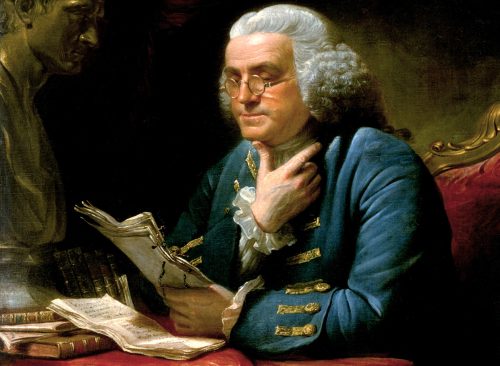
One of America’s founding fathers, Benjamin Franklin, had a habit of taking “air baths.” He would spend time sitting naked in his quarters, believing that fresh air was beneficial for his health and overall well-being.

To tap into his subconscious mind, surrealist artist Salvador Dali developed a technique called “slumber with a key.” He would nap while holding a key, allowing it to drop into a metal plate upon falling asleep, waking him and capturing the fleeting images from his dreams.

Famed naturalist Charles Darwin had a daily ritual of walking for several hours, often pondering his scientific ideas. This habit helped him organize his thoughts and cultivate a clear mind.

Apple co-founder Steve Jobs frequently retreated to Zen meditation retreats, seeking clarity and focus. This practice allowed him to disconnect from the outside world and embrace simplicity.

The world’s best-selling author, Agatha Christie, found inspiration while relaxing in the bathtub. She would brainstorm and formulate intricate murder mysteries while soaking in warm water.
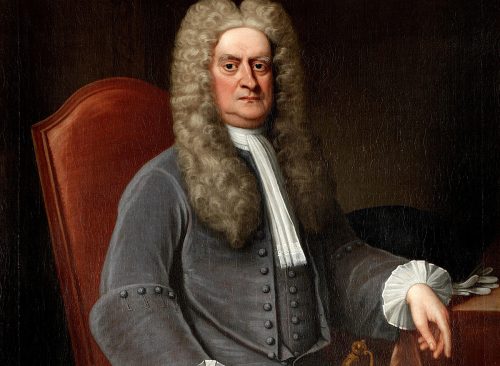
According to legend, physicist Isaac Newton would sit under apple trees, waiting for apples to fall on his head. These observations allegedly sparked his groundbreaking theories on gravity.
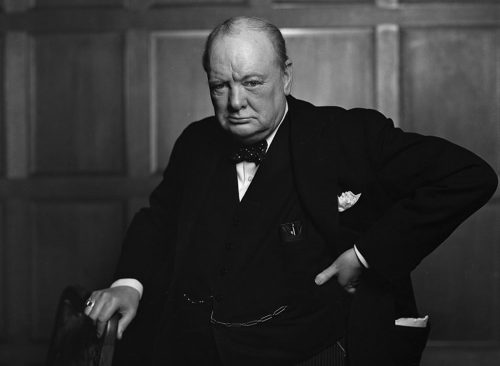
During World War II, British Prime Minister Winston Churchill adopted a habit of taking power naps throughout the day. These brief periods of rest helped him maintain mental acuity and manage the pressures of leadership.

Renowned poet and civil rights activist Maya Angelou would book a hotel room to write. She would create a serene environment, removing all distractions and immersing herself in a space conducive to creativity.

Inventor Thomas Edison believed in the power of short naps to enhance productivity. He would nap in his lab, often holding metal balls in his hands that would drop and wake him when he entered deeper sleep.

Renowned artist Pablo Picasso often wore unusual outfits, even going as far as painting his own shoes and incorporating mismatched socks. His eccentric wardrobe reflected his avant-g
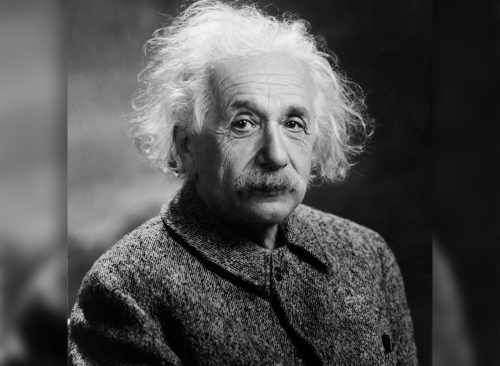
Einstein had an aversion to wearing socks, often choosing to go barefoot. He believed it enhanced his cerebral abilities and helped him concentrate.

Darwin established a walking path in his garden and would follow it repeatedly while contemplating scientific theories. This ritual allowed him to engage in deep thought and make significant breakthroughs.

Beethoven counted precisely sixty coffee beans for each cup of coffee he consumed. He believed this specific number provided him with optimal concentration and creative stimulation.
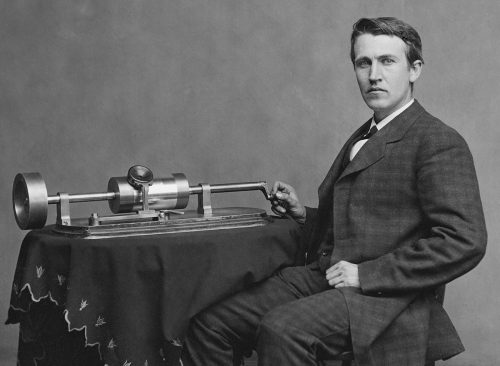
Edison practiced a form of power napping by sitting in a chair holding metal balls. As he dozed off, the balls would slip from his grasp, causing a clatter that would awaken him and allow him to resume work.
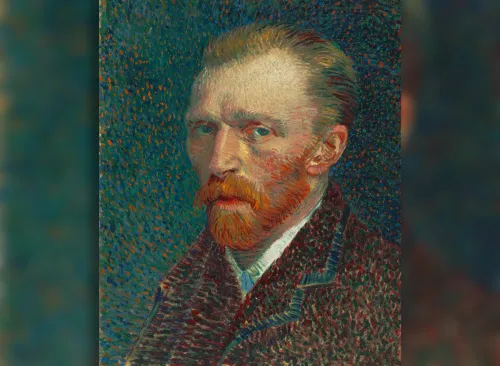
Van Gogh was fascinated with the color yellow. He often consumed yellow pigments, believing it would enhance his mood and creativity.

Apple co-founder Steve Jobs adopted a strict diet consisting primarily of fruits, vegetables, and smoothies. He believed that this minimalist approach to food consumption cleared his mind and increased his focus.

Warhol created a series of time capsules, meticulously filled with everyday objects and personal mementos. He believed that these capsules would provide future generations with insight into his life and work.
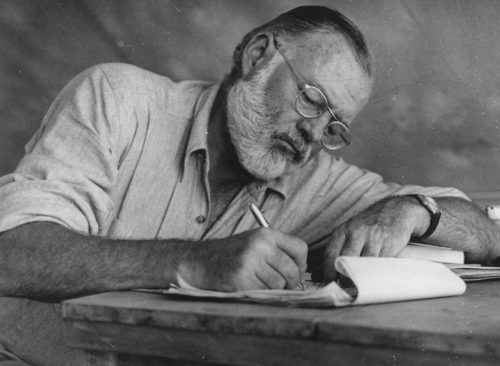
Hemingway wrote standing up, often using a typewriter positioned on top of a bookshelf. This practice allowed him to maintain focus and adopt a unique perspective while crafting his prose.
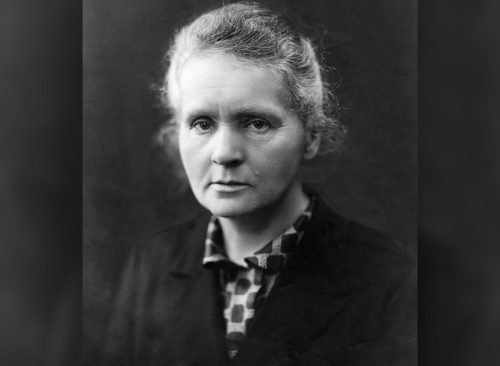
Nobel Prize-winning scientist Marie Curie had a penchant for working late into the night in her laboratory. She found that the stillness and solitude of those hours allowed her to concentrate deeply and make groundbreaking discoveries.
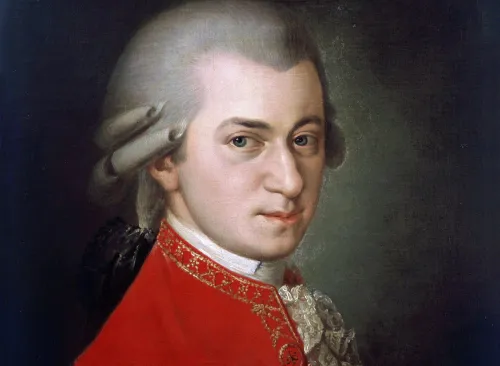
Renowned composer Wolfgang Amadeus Mozart had a habit of pacing back and forth while composing music. He found that the physical movement stimulated his thinking and helped him find the perfect melodies and harmonies.
